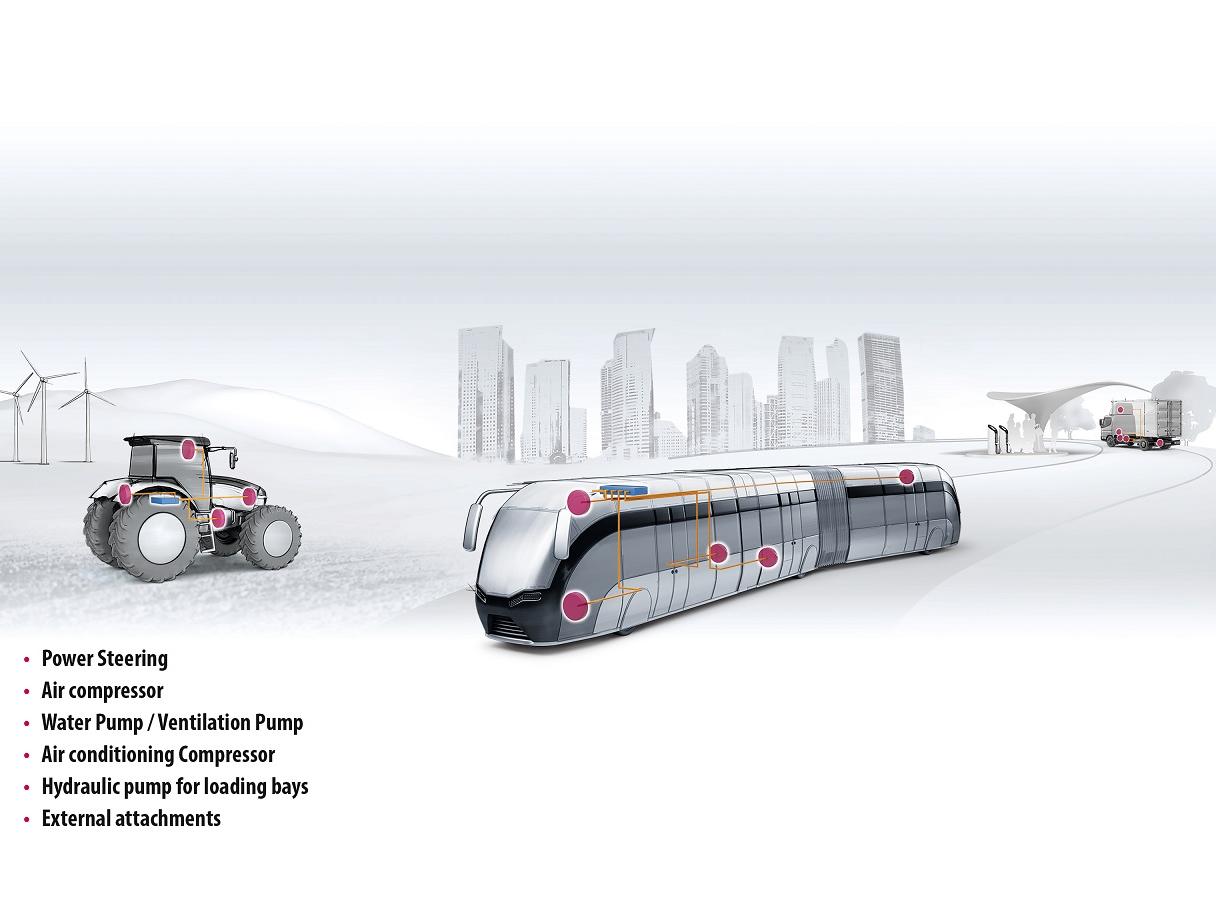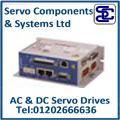
Posted to News on 23rd Jun 2021, 09:05
E-mobility drive inverters in action
Needs of commercial electric vehicles must be met by inverters adapting quickly and flexibly

Demand for alternative commercial vehicles is growing rapidly. In urban environments, buses, trams, municipal vehicles and light distribution trucks will all be powered by electric energy in the future. To generate the best customer value, an e-mobility drive inverter must be capable of meeting new requirements and innovations quickly and flexibly.
That is the view of Mark Checkley, of KEB Automation. who explains, in this article, the rapid changes taking place and what it at stake.
“To achieve the 2030 climate targets in the transport sector, policymakers in more and more countries, cities and municipalities are establishing new legal frameworks and regulations. In 2021, e-mobility is no longer a vision, but a reality. New forms of mobility and technologies will be an important component of global energy transition and climate protection.
"Falling prices of battery and fuel cell systems are also making alternative drive systems and vehicles commercially interesting, and will help to ensure even greater acceptance among customers in the future.
“In particular, demand for alternative commercial vehicles is growing rapidly. In inner cities and urban environments, buses, trams, municipal vehicles (waste collection and street cleaners), as well as light and heavy distribution trucks, for the last mile will all be powered by electric energy in the future.
Best customer value
“In order to generate the best customer value, an e-mobility drive inverter must have the ability to meet new requirements and innovations quickly and flexibly, while at the same time maintaining high quality literally ‘on the road’.
“Electrification means that, in addition to the main drive of the vehicle being powered by electric motors, the various auxiliary components – pumps for air conditioning and power steering, water pumps, air compressors, linear actuators, hydraulic pumps for loading bays and tail lifts – must also be driven using electric motors.
"But with so many motor technologies readily available, it’s a challenge to decide which one to use, as well as which drive you need to control that type of motor. With its reputation as a drives expert built on years of successful experience across many industrial sectors, KEB can advise and guide customers accordingly.”
Adapts to all common motor types
“Following market research and customer demand, KEB has developed an automotive product for auxiliary devices. As with all its industrial drives, the T6 APD e-mobility drive inverter can run all common motor technologies, giving the user the choice to select the best motor type for each of their applications.
“With so many auxiliary components that need to be powered by their own drive, the T6 APD can help reduce the physical footprint of all the drives, as well as reducing the amount of cabling on the vehicle. The T6 APD is available in a scalable, multi-drive configuration, with up to five drives [each selectable] in a single unit solution. Using established and proven technology, no feedback cables are required. Through the MCU, each drive axis can be individually and independently controlled and, with CAN J1939 on board, the T6 APD connects to the vehicle’s MCU.”
Moving to electrically driven auxiliary equipment in vehicles has raised many questions over the last couple of years, Checkley adds. KEB has worked with several manufacturers who have had concerns in the following areas:
Soft start
“If an electric motor is started without a soft start, there will be high initial current. However, the soft start is current controlled, which the inverter provides.”
Incremental control
“With new legislation, simply raising and lowering a bus between two fixed positions is no longer sufficient. The driver requires incremental control. Incremental control can be achieved by utilising standard features on the inverter. There are various ways to set this up and, by utilising these inverter features, the lowering and raising of a bus to variable heights can be achieved, which is particularly useful for disabled access, where the height of the curb varies from one stop to the next.”
Control and feedback
“Control and feedback are important in many applications. Control and feedback of hydraulic rams on a waste truck for example can be achieved in several ways. Being a drives expert, KEB is able to discuss the various options available.”
Metering of current usage
“The T6 APD can monitor and control the current of the auxiliary devices it drives, which could be fed to the vehicle’s MCU, which, in turn, could be used to help monitor or meter the current usage on, for example, a bus, train or tram.
“The T6 APD meets customer requirements, and offers an excellent technical solution and drive performance – modularity, EMC reliability, good connectivity, scalability, and innovative software. By utilising the T6 APD in the electrification of commercial vehicles, all of the above concerns can be solved,” he concludes.
Want the latest machine building news straight to your inbox? Become a MachineBuilding member for free today >>


















